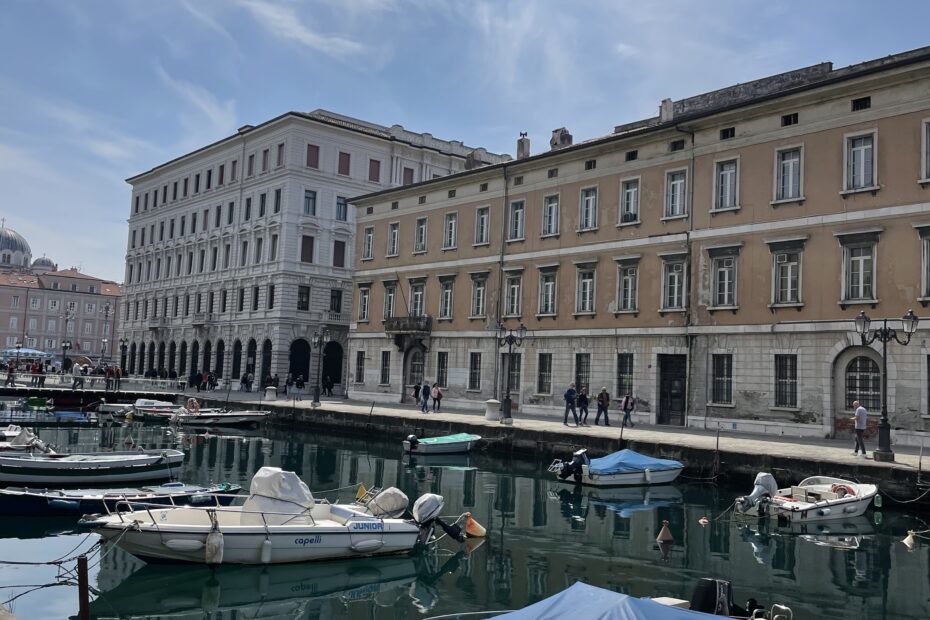Fundamental infomation
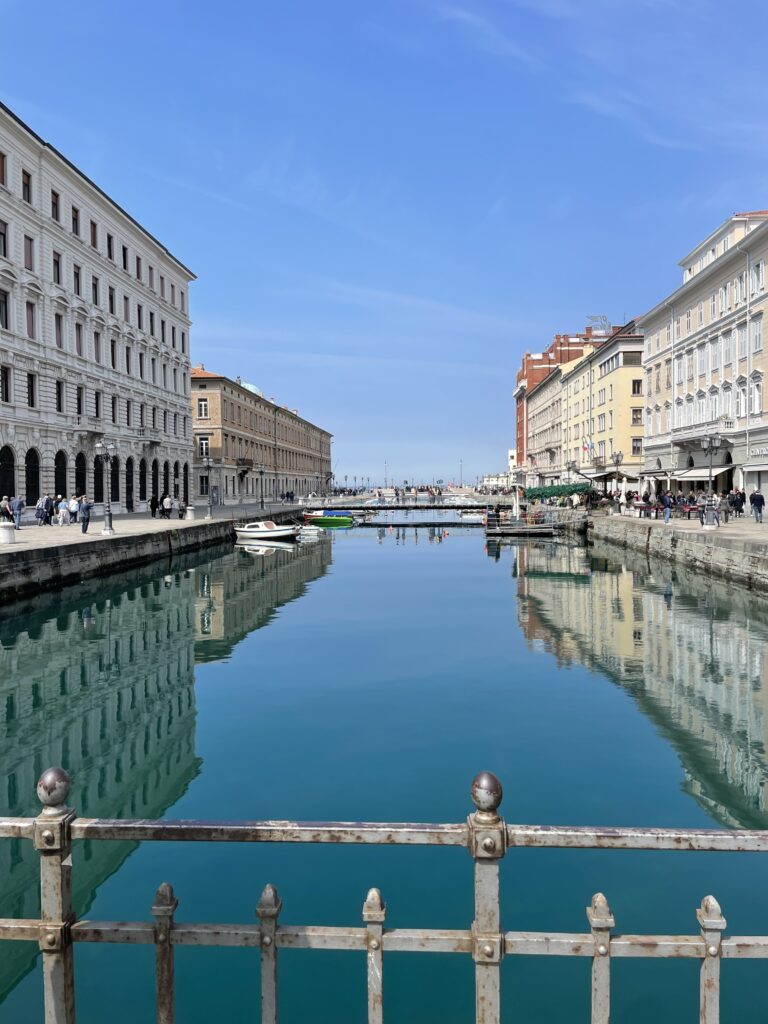
It is the northernmost Mediterranean city. It is the capital of the autonomous region of Friuli Venezia Giulia. Trieste has an area of 84 km² and an altitude of 2 m above sea level. It is located on the Adriatic Sea, in the Friuli Venezia Giulia region. The winds here bring cool, dry air. Trieste is known as the city of literary cafés.
Renaissance monuments

Examples of Renaissance monuments can be found in Trieste, on top of which they are located in Piazza Unità, which is considered as one of the largest seaside squares in Europe.
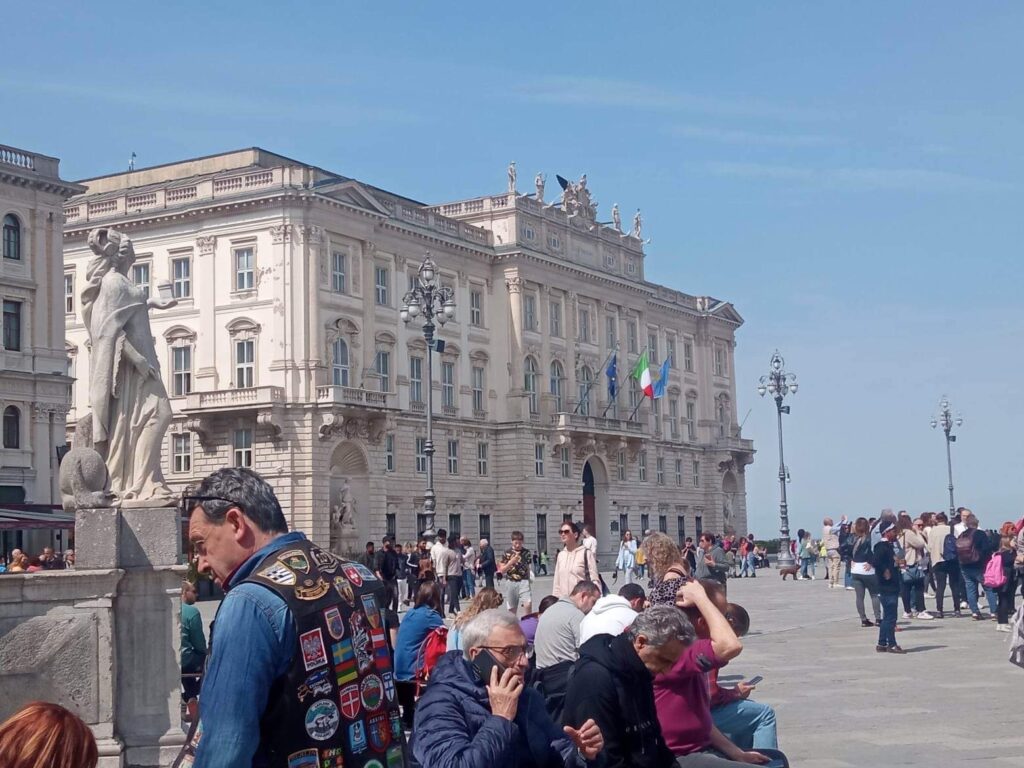
Palazzo del Lloyd Triestino, was built by the famous Viennese architect Heinrich von Ferstel. The building was once the headquarters of the shipping company „Lloyd Triestino di Navigatione”. It now houses the offices of the Presidency and the Government of the Autonomous Region of Friuli.
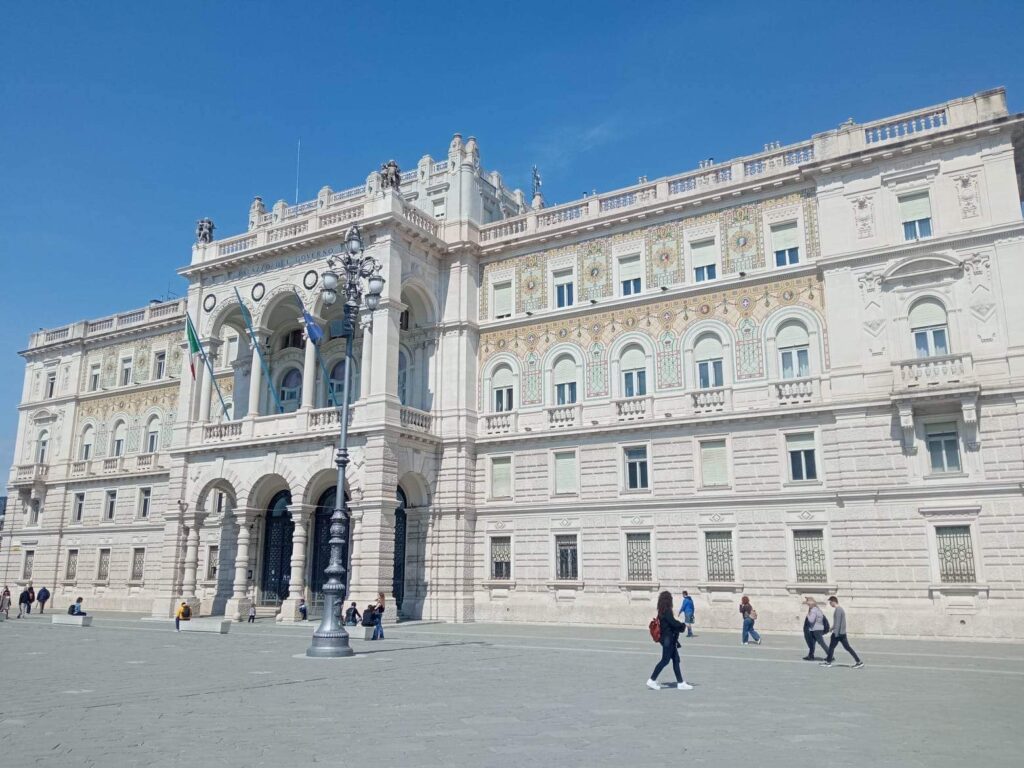
Palazzo della Prefettura is a palace built in the 16th century during the Habsburg rule in the region It once served as the seat of the Austrian governorship and today houses the headquarters of the Prefecture of Trieste.
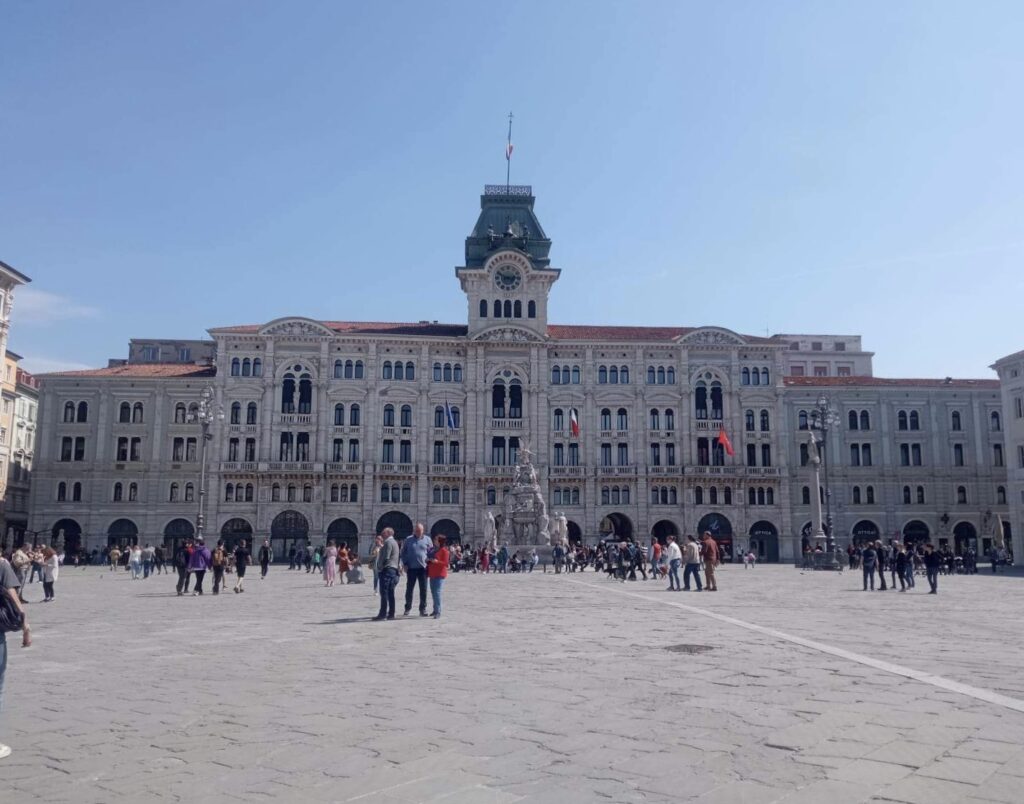
The Palazzo del Municipio is the headquarters of the Trieste City Hall, built in the 15th century. It is characterised by a beautiful façade with columns and frescoes. It now serves as the municipal office. It was being built between 1873 and 1875 to a design by the architect Giuseppe Bruni.
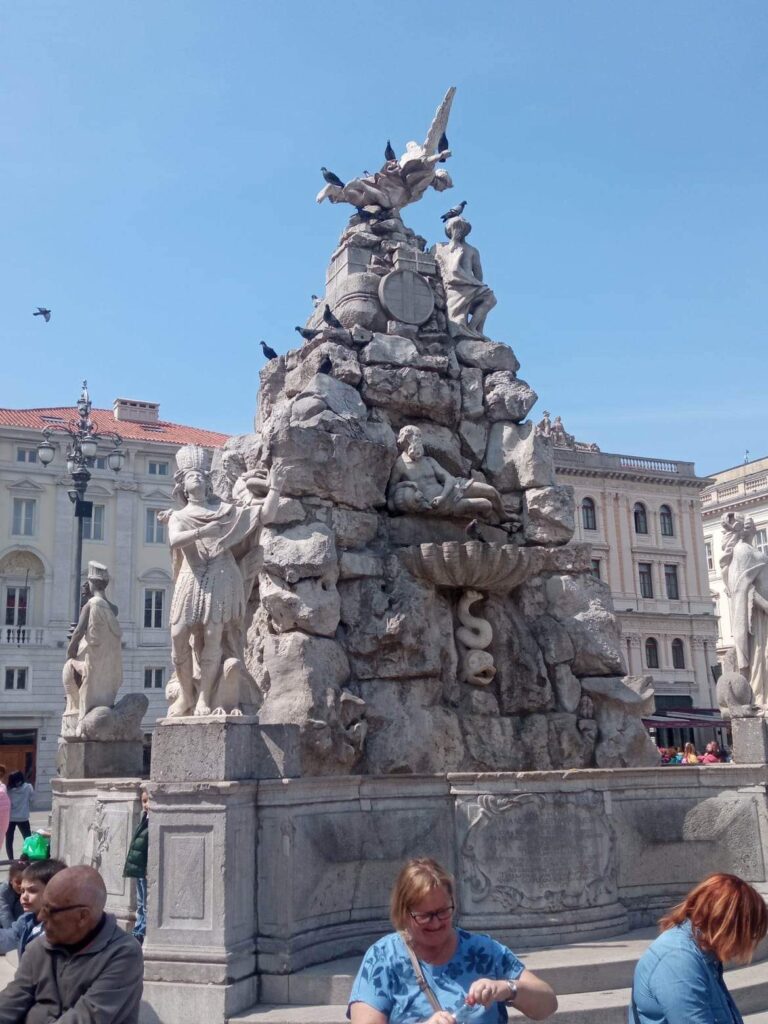
Fontana dei Quattro Continenti is a fountain built in the 18th century. It depicts four marble statues representing the four continents: Europe, America, Asia and Africa. This was due to the fact that only these continents were known. At the top of the fountain is an angel that symbolises Trieste.
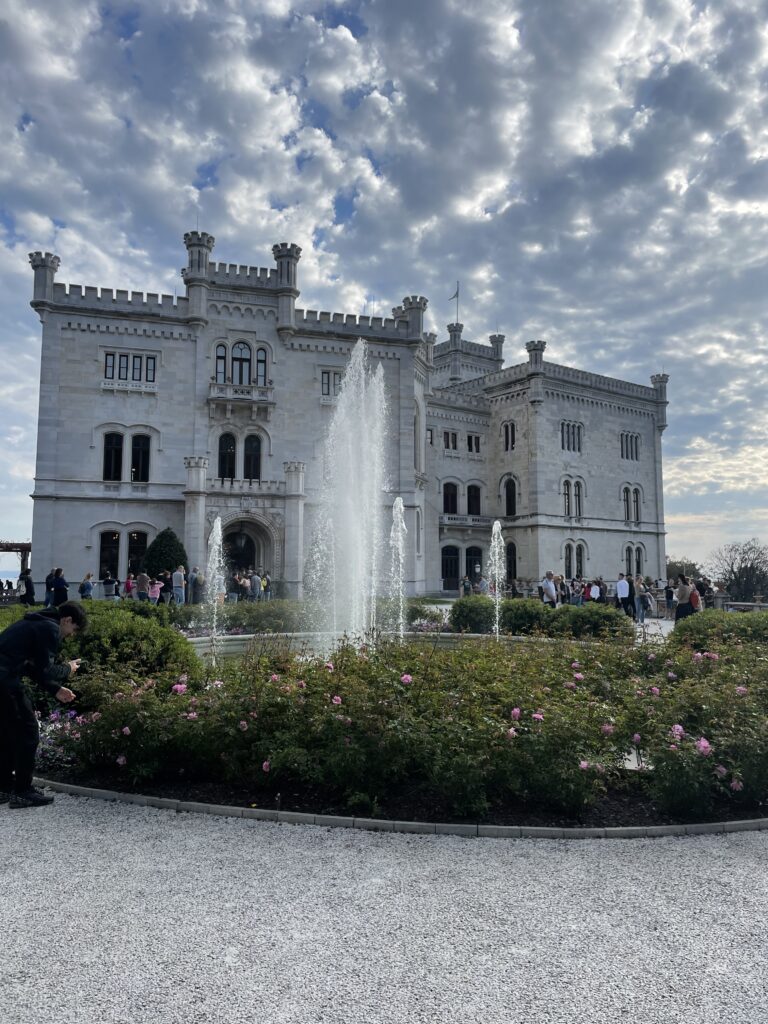
Castello di Miramare is a castle designed in 1856 by architect Carl Junker and built in 1860 for Archduke Ferdinand Maximilian of Habsburg. From the outside, the Castle looks like a Renaissance palace, while the interior is decorated in a romantic style. After Maximilian’s death, his wife – Sharlotte of Belgium descended into madness. Legend has it that anyone who spends a night there – goes mad.
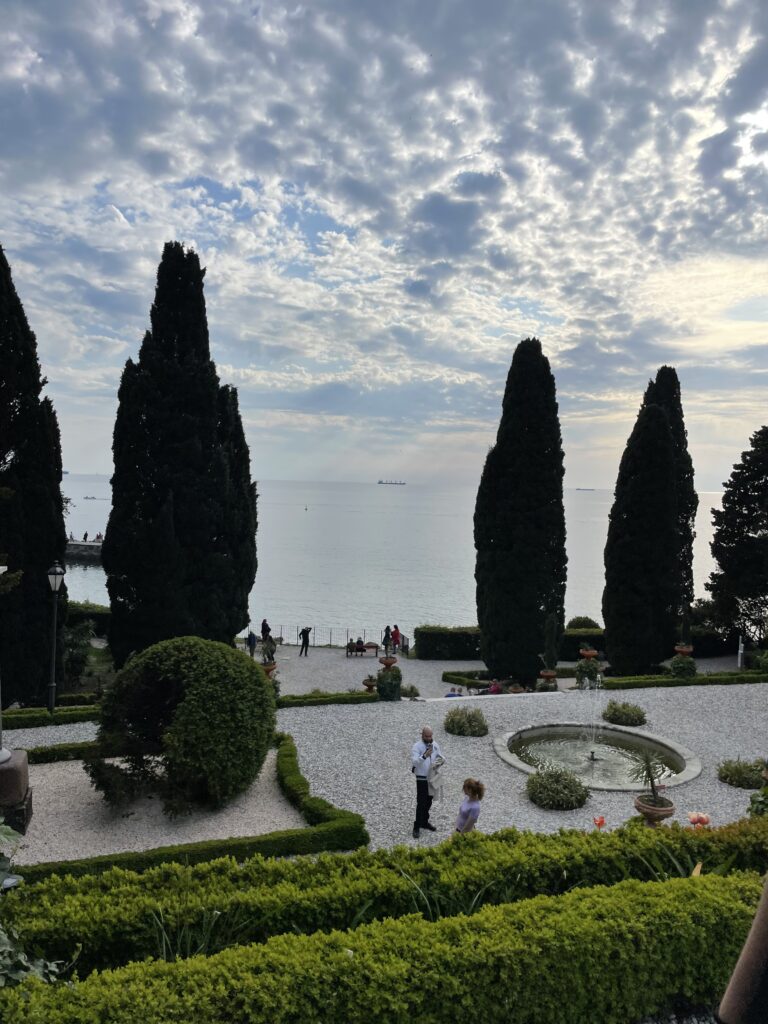
Miramare Park covers an area of 22 hectares. It is the result of long-term work carried out at the behest of Maximilian Habsburg. The park was arranged by Carl Junker, while botanical matters were taken care of by Josef Luebe (later also by Anton Jelinek).
